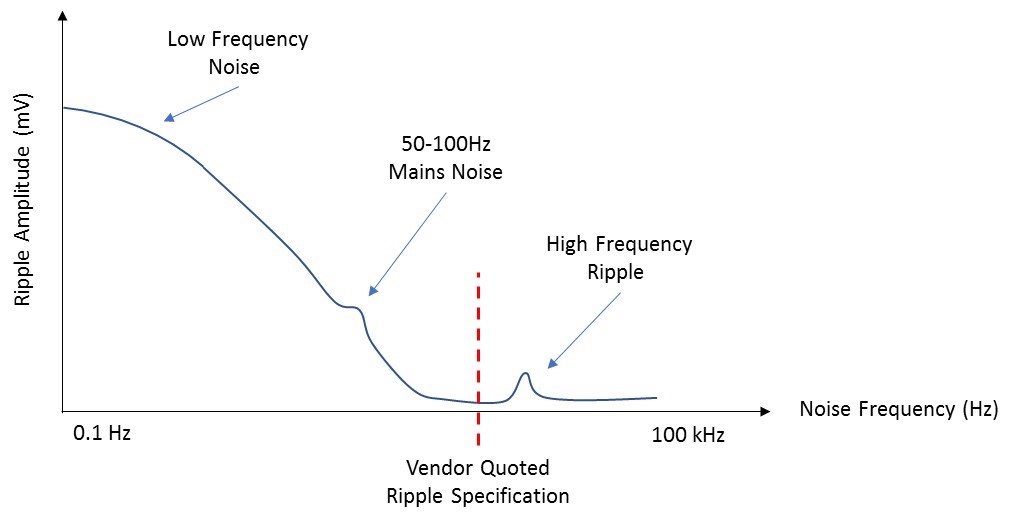High Voltage Power Supplies – “Do they do what it says on the tin?”
投稿 12月 26, 2017 によって Advanced Energy Editor
A few years ago, when I was still living in the United Kingdom, there was a really simple but incredibly powerful advert on TV for an exterior wooden fence paint. On the outside of the paint tin (can) was the product name, Exterior Wooden Fence Paint, and the slogan used to sell the product was, “It does what it says on the tin!”
The beauty of this advertising campaign was that it powerfully highlighted to the potential buyer that the product was designed for a single purpose, was entirely fit for that purpose and would work under all (exterior) conditions.
Now, let’s jump forward a number of years and look at high voltage power supply vendors through the same lens. That slogan used by the paint manufacturer can be turned into a powerful question worthy of interest:
Does your power supply actually do what it says on the tin? Does it actually perform to the quoted specification under all conditions?
Sad to say, this is not always the case. Vendors have been known to quote only the best performance specs in their datasheets – i.e. performance measured at an optimal frequency where noise (aka “ripple”) is the lowest. This can be misleading to customers, who are thinking that the spec they see on the datasheet is the spec that they will get under all conditions – but they don’t get “what it says on the tin.”
As a case in point, a typical high voltage power supply for usage in precision applications such as mass spectrometry or scanning electron microscopes will often have a quoted ripple voltage specification, but this spec is entirely dependent upon the frequency at which it was measured. The graph below of a stereotypical power supply ripple signature illustrates this point.

As you can see, the lower the frequency, the greater the ripple (i.e. inaccuracy introduced into your application), with additional errors introduced due to utility / mains frequencies, noise pickup and switching design.
So, a vendor would not be incorrect to quote a ripple specification at the frequency shown in the graphic, it would just be incomplete – unless they also quote the frequency at which the ripple was measured, and the bandwidth of the test equipment being used to measure it.
Basically, an incomplete specification is just as misleading as an incorrect one.
With this in mind, as a recommended best practice ask your vendor – as an example – to explain how they mitigate the effects of mains noise on their product, and what residual affect it has. In this way, you can start gaining better insight into the actual performance you are getting and not be potentially misled by what an incomplete spec says.
For more information on Advanced Energy’s market-leading high voltage power supplies and the benefits of collaboration with the high voltage experts, contact your local Advanced Energy sales representative and enjoy the benefits of a trusted, transparent business partner.


